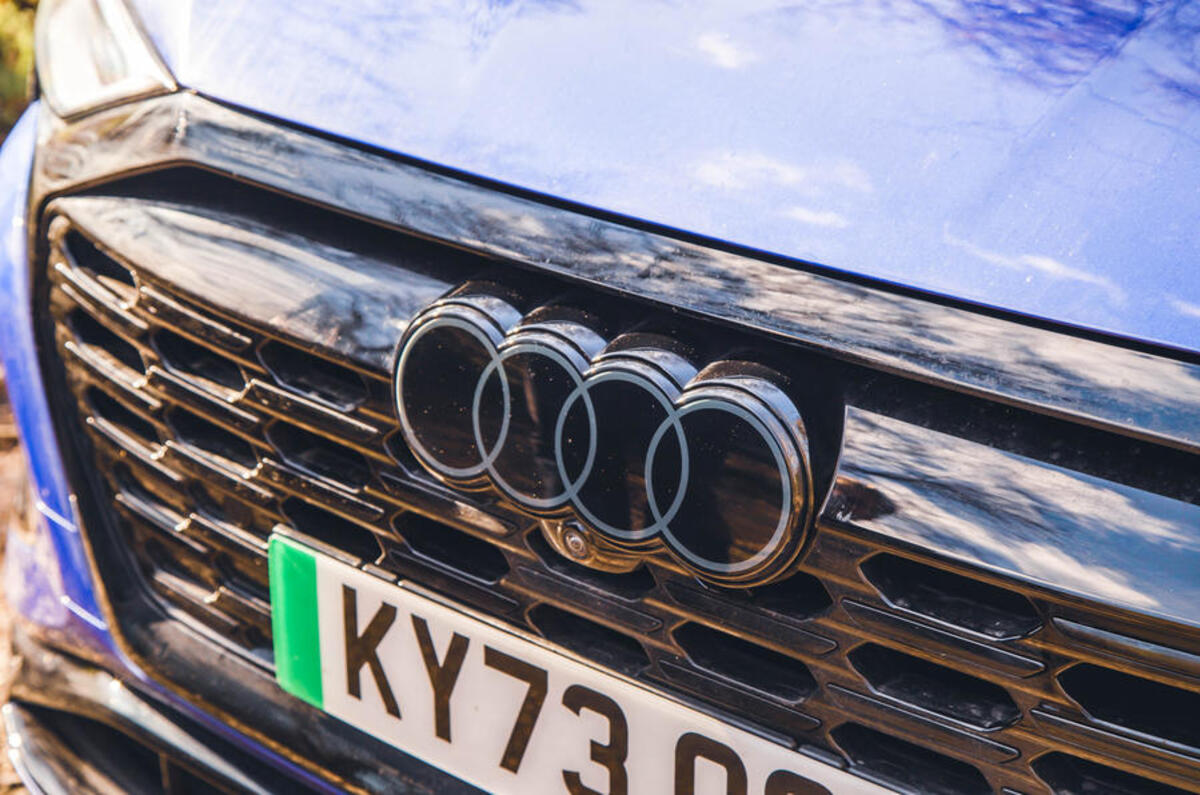One stat leapt out from the Audi Group’s financial results from the first quarter of 2024: Lamborghini made more money than Audi. Bentley came close, too.
That’s overall operating profit, not just profit per car. We all know how good margins can be on selling luxury motors, but Lamborghini delivered just 2630 cars in the quarter, compared with Audi's 397,000.




Add your comment